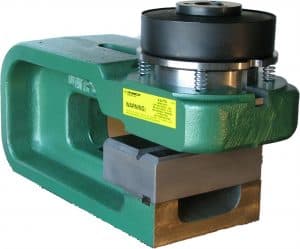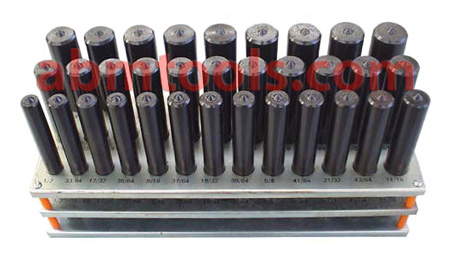Let’s Talk About the different types of Extrusion Process
What do you mean by extrusion process?
Extrusion process is a process where a material undergoes plastic deformation by the application of a force causing that material to flow through an orifice or die.
The material adopts the cross-sectional profile of the die and if the material has suitable properties, that shape is retained in the final extrudate.
This process is similar to the drawing process except the drawing process uses tensile stress to extend the metal work piece. The compressive force allows large deformation compared to drawing in a single pass.
The process can be done in either hot or cold when better properties are required. Extrusion processes in metals may increase the strength of the material.
Types of extrusion processes :
1. Cold extrusion
2. Hot extrusion
3. Forward and direct extrusion
4. Backward and indirect extrusion
Let’s have a deep insight into all these types.
Different type of Extrusion Process
1. Cold extrusion
Cold extrusion is a push-through com- pressive forming process with the starting material (billet/slug) at room temperature.
If the extrusion process takes place below crystallization temperature or room temperature, the process is known as cold extrusion. Aluminum cans, cylinders, collapsible tubes etc. are examples of this process.
Advantages:
1. High mechanical properties
2. High surface finish
3. No oxidation at metal surface
2. Hot extrusion
Hot extrusion is a process in which wrought parts are formed by forcing a heated billet through a shaped die opening. It is a process in which wrought parts are formed by forcing a heated billet through a shaped die opening.
Advantages:
1. Low force required compared to cold working.
2. Easy to work in hot form.
3. The product is free from stain hardening.
3. Forward extrusion
Direct extrusion, also called forward extrusion, is a type of extrusion that occurs when the direction of flow of metal is the same as movement of ram. A s can be seen in the following figure: Many cross sections are manufactured by this method.
In this type of extrusion process, metal is forced to flow in the direction of the feed of the punch. The punch moves toward the die during extrusion. This process required higher force due to higher friction between billet and container.
4. Backward extrusion
Indirect or backward extrusion is a type of metal extrusion process wherein the billet(work-piece) is kept inside the chamber, which is completely closed on one side.
In this type of extrusion, the billet and the container move simultaneously whereas the die remains stationery.
In this process, metal flows toward the opposite direction of plunger movement. The die is fitted at the opposite side of the punch movement. In this process, the metal is allowed to flow through the annular space between the punch and the container.
Summary
The extrusion processes are done through a machine called extruder.
It is simply the machine used to complete the extrusion process. Using a system of barrels and cylinders, the machine heats up the product and propels it through the die to create the desired shape.
This process is widely used in the manufacturing industry through an extruder worldwide.


Comments
Post a Comment